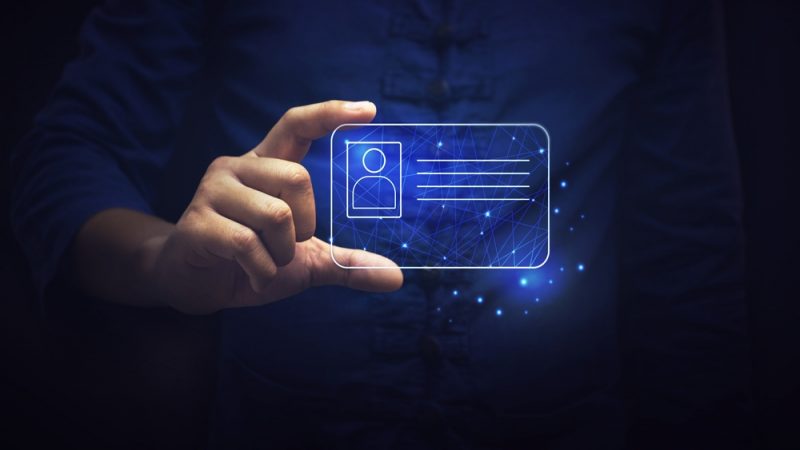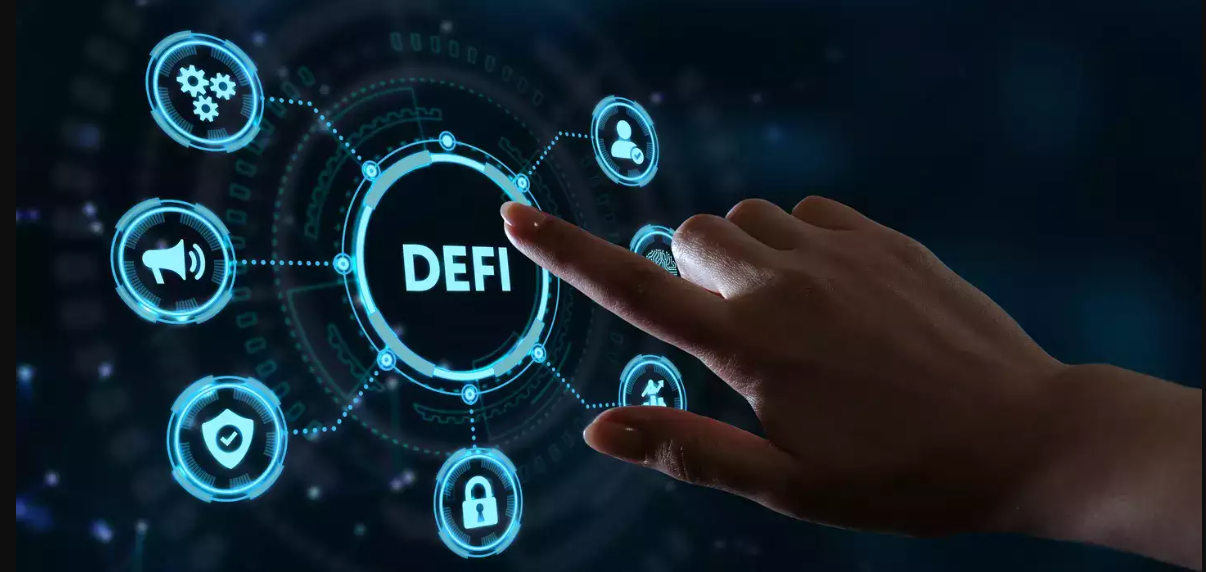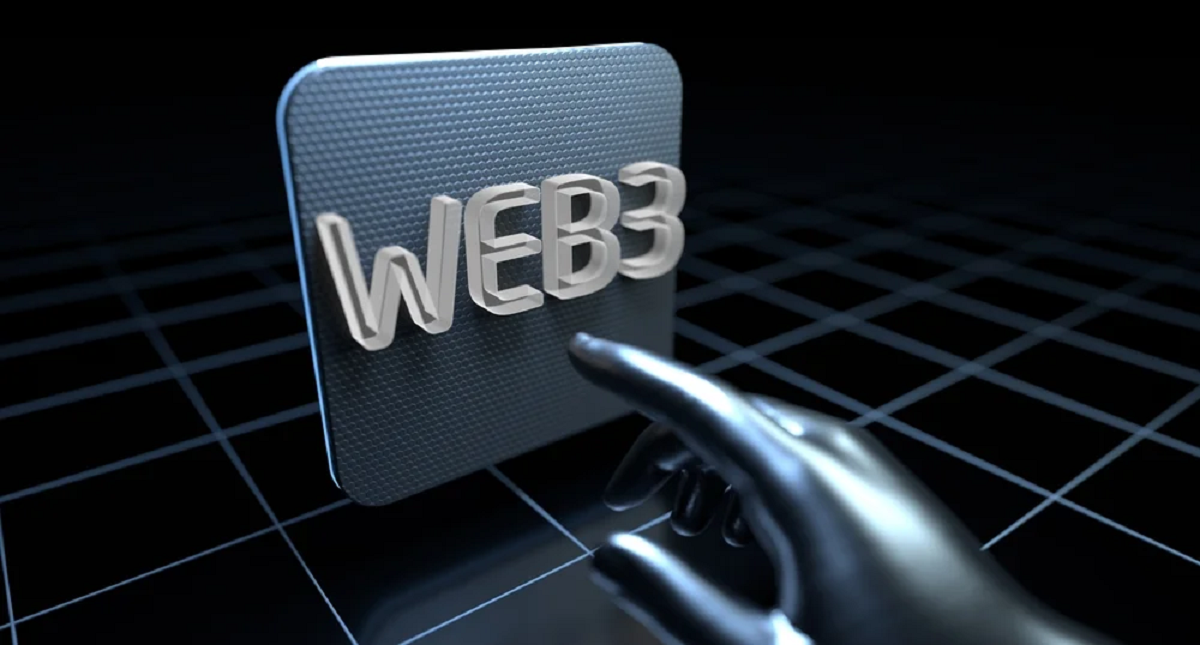
This course highlights what web3 can be used for and its components.
Component 1: What is Web3?
Web3 is a term used to describe the next generation internet, an internet that is transparent and accessible to everyone.
Web3 allows you to use the internet without having to involve a third party.
While Web2 internet uses a centralised system of network to carry out transactions, Web3 uses a decentralised system where you can make transactions without involving a third party.
Web3 takes away the need for intermediaries or third parties and gives direct access to your digital assets.
It is an internet that is used for art, finance, identity and direct ownership.
Web3 themes include; digital payment through cryptocurrency, direct ownership of assets, freedom from third-party systems, transparency and maintaining trust among partners.
In web3, applications are referred as dapps. It is open and accessible to anyone.
Web3 allows free movement of information where you can move your information anytime you want to use another network (just like moving money from one bank to the other).
The movement behind web3 represents a fundamental change in freeing identity and information from single source control.
To gain access into web3, you need a crypto wallet.
Component 2: What is a Crypto Wallet?
When using web2, you access the internet through a browser, a crypto wallet allows you to gain access to web3 applications (dapps).
A crypto wallet is a form of digital storage designed for web3 applications. They help you store your digital assets like cryptocurrency and NFTs.
You need a crypto wallet to gain access to web3 applications, your wallet is a means for storing and managing your identity with your private keys.
Once you connect to a crypto wallet, it automatically generates a private key known as your “seed phrase”. It is usually a 12 word arrangement that is used to manage and secure your crypto wallet.
A private key acts as a pin to access information in your wallet. It is important to protect your private keys and not share your keys to anyone or else you may lose your information.
Remember the saying “not your keys, not your crypto”.
A crypto address acts as a digital identity, just like banks use account numbers to identify users, a crypto wallet uses crypto addresses.
A crypto address is a string of numbers and letters that represents your identity.
A public address looks something like: 0xe9da7fb25984aef9g7aad9r12 (not a real crypto address).
A crypto wallet can be used to approve transactions, buy cryptocurrency, custody cryptocurrency and manage your web3 identity.
Component 3: What is a Digital Identity?
Technology has moved the world into a digital village where information is stored digitally. Information can be stored or accessed through an email address, account number, home address or medical history.

Digitising identity makes it easy to store and access information, your identity represents proof of who you are. You will always be required to identify yourself from housing, to employment and travel.
With web2 technology, it is often difficult to use multiple networks with a single identity, web3 has made it possible to carry a single identity to different networks and transfer data without tampering with it. You will not have to put yourself through rigorous methods of transferring or recovering data.
Ethereum Name Service (ENS) enables you to customise a domain name that is linked directly to your wallet address. You can customise a name to avoid memorising a lengthy wallet address.
Your ENS name can be used to conduct transactions. An example is jack.eth.
Once a domain name is registered, no one else can own the same name except you sell or transfer it.
Component 4: What is Self-Custody?
Self-custody is the process of safeguarding your information. Usually we leave the responsibility of safeguarding assets to banks and exchanges. These banks have complete control over your information and assets.
Most financial institutions store assets digitally. As a matter of fact, only about 8% of all the money on earth exists physically. The other 92% is stored on a digital network.
There are several challenges faced with relying on these exchanges to custody your assets. If in any case an exchange company goes bankrupt, you are likely to lose all your money.
This means that the bank controls your assets and can take all the permission away. With cryptocurrency, you can self-custody your assets without involving intermediaries.
Cryptocurrency network is open and shared globally. It is also not controlled by anyone, you do not need permission to access this network. The network is what replaces a bank or an exchange company.
Component 5: The Advent of Digital Ownership
Crypto wallets have introduced an era of digital ownership, where you can self-custody your wallet and access your assets whenever you want to.
Before things began to change, ownership meant having access to physical possessions. The owner is the one with right and control of an object.
Although there are different yardsticks to claiming ownership, they are mainly related to physical items. A receipt or tag might be evidence of ownership, it could also be a deed, car or property.
Over the years, ownership did not only transform from having physical possessions, it has also moved to buying and storing digital assets.
Books and records are now sold digitally with a wider outreach to consumers than physical books. It came about with the advent of computers and digitisation.
In 2011, Netflix moved from selling DVD to using online streaming, this made it easier to reach a lot more people that watch movies.
Cryptocurrency is an open, shared decentralised database that uses networks like Bitcoin and Ethereum to create trust among users.
The technology solves issues like hacking and double-spending. Protocols are designed in a way that you cannot duplicate or double spend. Crypto networks have visibly impacted the ability to own and control digital assets.
Component 6: What to know about NFTs and Creators?
While the second-generation internet suffers from copy and paste, web3 network makes it possible to assign ownership to digital assets preventing them from being duplicated.
Non-Fungible Tokens (NFTs) are personal digital assets whether event tickets, access cards or an artwork.
NFTs make it possible to link ownership to items on the blockchain. Think of it like a certificate of authenticity that lets you know if an object is original.
NFTs were introduced to the mainstream market in 2021. Major sales made news among celebrities and artists as well as millions of people buying and selling NFTs directly from the artists.
NFTs represent new ways for creators to monetise their art and connect with different buyers. NFTs have become a platform for creators in the digital space to represent their craft and earn directly from it instead of relying on ad-driven models like social media.
NFTs allow artists communicate directly with their buyers or supporters. Unlike the social networks, NFTs can be bought and sold on different networks.
Component 7: Decentralise Finance
The innovation of cryptocurrency has created a new financial system that enables users to transact directly without a bank, from buying and selling to earning interests.

Decentralised finance is a system different from the traditional financial system. It is a system that is built on using digital currencies like cryptocurrencies.
DeFi enhances speed and transactions among financial systems. It stops the problem of delayed transactions and it is available to anyone around the world.
How DeFi can solve issues within the Financial System?
Low cost energy: the technology uses less energy than physical banks. Ethereum now using the Proof of Stake network, uses nearly ten thousand times less energy than Netflix.
Smart Contracts: the technology allows anyone to verify transactions without it being tampered, this reduces fraud and encourages transparency among users.
Cross-Border Payments: Cryptocurrency payments are generally accepted all over the world, you can send money to someone from Nigeria to Canada without any intermediaries.
The economy has become very global and interconnected across borders, cryptocurrency makes it possible to transfer money across borders without using a bank.
Users are able to interact with these DeFi protocols through a decentralised wallet.
It is important to be sure you are using a decentralised application to store your tokens. Some activities built around DeFi Protocols:
● Users can swap one token for another. For example, swapping Ethereum for XLM).
● Ensuring stability in token prices across markets.
● Users can participate as lenders or borrowers.
● Sending and receiving assets from and to different networks.
● DeFi provides high interest rates.
Component 8: The Age of Decentralised Communities
DeFi applications are governed by Decentralised Autonomous Organisations (DAOs).
A DAO is a community that uses Ethereum network to establish rules of agreement and is executed using smart contracts.
DAOs use smart contracts to manage decisions governing transactions, this eliminates the need for intermediaries.
Members of DAOs use tokens to vote decisions governing the protocol, they are people with a defined number of tokens that can suggest changes to an underlying protocol.
This community of governance votes whether they are for or against a proposal, they act as lawmakers that execute rules. DAOs regulate, govern and manage decisions on the blockchain. There are over 4.5million DAO token holders in web3.






Comments 3